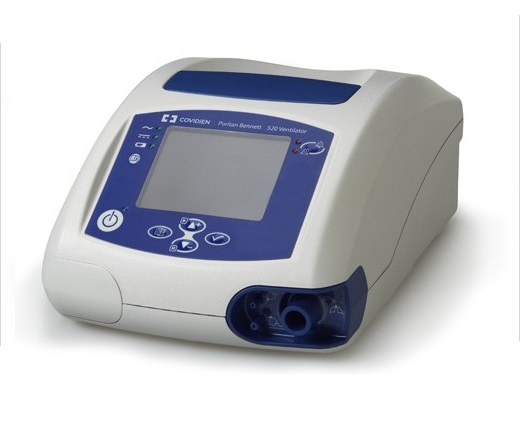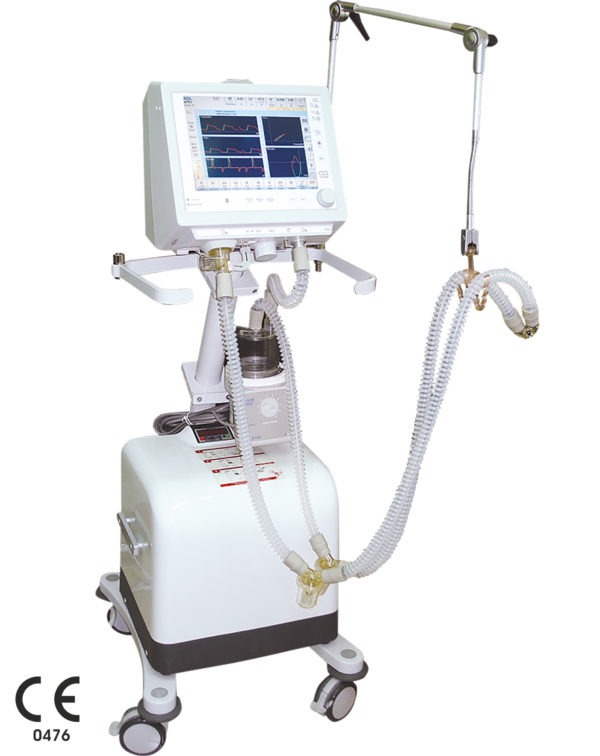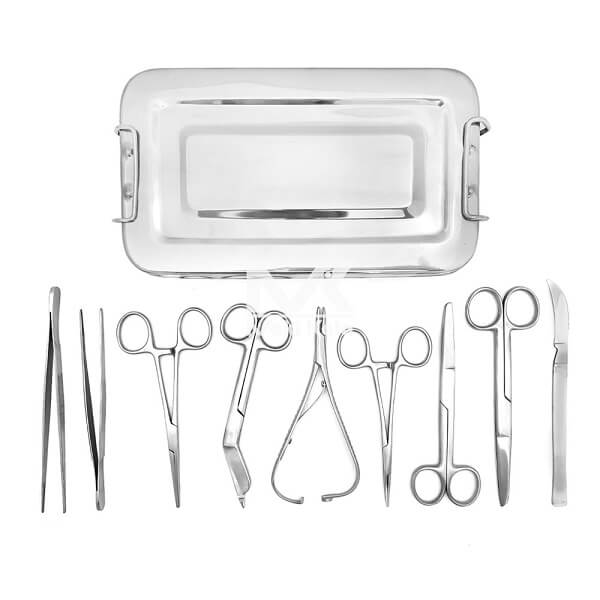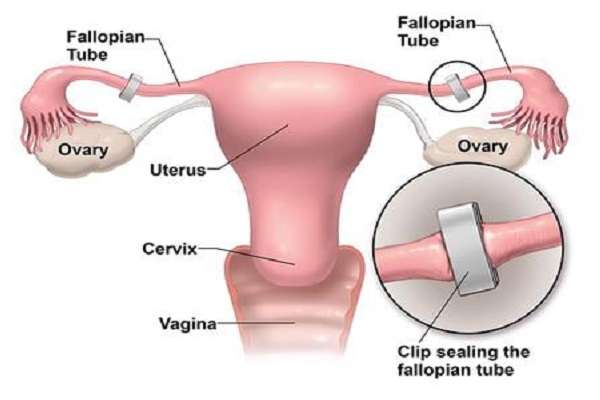ونتیلاتور
ونتیلاتور چیست : ونتیلاتور دستگاهی است که کار تنفس مصنوعی را برای بیمارانی که به طور موقت یا دائم
دچار مشکلات تنفســــی هستند، انجام می دهد. به طور کلی هر بیماری که سیستم تنفســــی وی نتواند
پاسخگوی نیازهای نفسی اش باشد، نیازمند سیستم کمک تنفسی است. چنین سیستمی عمدتاً در بیماری
های قلبی-ریوی مورد نیاز واقع می شود و این دستــــگاه معمولا در بخش های CCU ،ICU NICU ، و اورژانس
وجود دارد.
نحوه عملکرد ونتیلاتور
ورودی دستگاه ونتیلاتور دو گاز هوا و اکسیژن تحت فشاراست.هوای فشرده یا از طریق کمپرسور دستگاه و یا
از طریق سانترال تأمین شده و اکسیژن نیز به صورت فشرده و یا از طریق اکسیژن مرکزی بیمارستان تأمین می
شود.دستگاه ونتیلاتور اکسیــــژن و هوارا به میزان مورد نیازبدن باهم ترکیب نموده و سپـــس توسط تیوپ های
مخصوصی تحت عنوان ” مدار تنفسی ” به بیمار تحویل می دهد.

ونتیلاتور
گاز(هوا و اکسیژن ) موجود در این دستگاه قبل از تحویل به بیمار تبدیل به بخـــارآب مرطوب شده و سپس از
طریق مدار تنفسی منتقل می شود.بخار آب توسط بخشی دستگاهی بنام مرطوب کننده تولید شده و وارد
مدار تنفسی یا همان ” ست ونتیلاتور” می شود.
ونتیلاتور به منظور وارد کردن هوا به درون ریه ها جهت انجام عمل دم، فشار موجود درمدار تنفسی را افزایش
می دهد.همچنین با کم کردن فشار باعث می شود هوای بازگردانده شده از ریه ها یا هوای بازدم،به بیرون از
بدن (هوای بیرون) منتقل گردد.
انواع ونتیلاتور
-
ونتیلاتورهای قابل حمل (پرتابل )

ونتیلاتور پرتابل
این ونتیلاتور کوچک ودر عین حال بسیار قوی است و می تواند به صورت پنوماتیکی (با پمپ هوا ) یا از طریق
برق AC یا منبع برق DC نیرو بگیرد.
-
ونتیلاتور ICU

ونتیلاتور ICU



